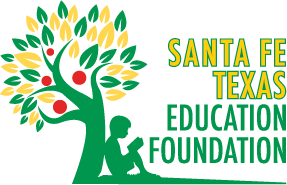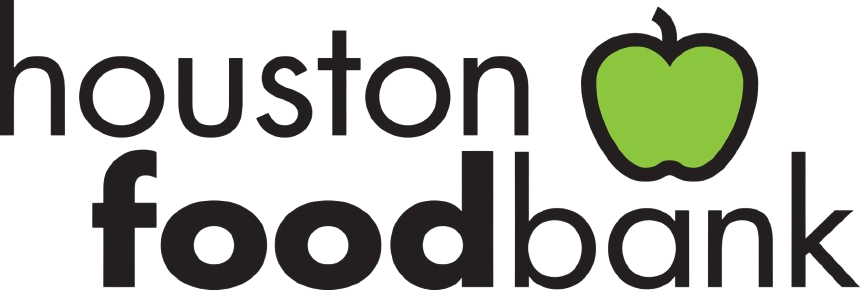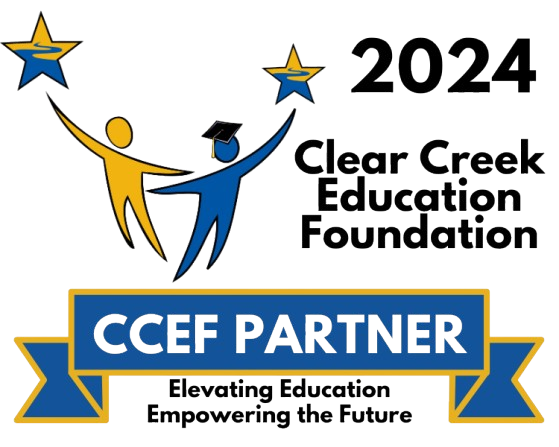
June is National Migraine and Headache Awareness Month, which is a great time to learn more about the common symptoms and causes of migraine. From hormonal changes to migraine with aura, understanding the signs of a migraine can help you better manage your condition. With that in mind, let’s take a closer look at the most common symptoms and causes of migraines so you can find relief.
Symptoms of Migraine
Children and teens can also have migraines, which can develop through four stages: prodrome, aura, attack, and post-drome. Not every migraine sufferer experiences each stage.
Prodrome: You may detect little alterations one or two days before to a migraine that indicate an impending migraine, such as constipation, mood swings between joy and despair, hunger pangs, neck discomfort, more frequent urination, retention of fluid, and yawning often.
Aura: Auras can happen before or during migraines for certain people. Auras are temporary nervous system symptoms. Most of them are visual, but they can also involve other disruptions. Each symptom often starts mildly, intensifies over a few minutes, and lasts for up to 60 minutes.
Attack: If left untreated, a migraine often lasts 4 to 72 hours. Each person experiences migraines differently. Migraines might hit seldom or repeatedly each month. Symptoms of a migraine include pain frequently on both sides of your head but typically on one side, a throbbing or pulsing pain, sensitivity to scent, touch, and occasionally light and sound, nausea, and diarrhea.
Post-drome: You can have post-migraine drowsiness, confusion, and fatigue for up to a day. Some people claim to feel happy. A sudden head movement might momentarily reactivate the discomfort.
(Mayo Clinic)
Hormonal Changes in Women
Higher amounts of female hormones are associated with hormonal headaches. According to studies on cisgender persons (those who identify as the gender they were assigned at birth), guys get headaches earlier than girls. Females are more susceptible to headaches after puberty. This distinction continues after menopause. About three times as many women as men experience migraines. About 60% of women claim that their periods and migraine headaches are related.
Changes in your body’s levels of the hormones progesterone and estrogen have been related to specific forms of headaches. Hormonal headaches are headaches, typically migraines brought on or made worse by fluctuating levels of progesterone and estrogen. These hormones have a role in regulating pregnancy and menstrual cycles. However, they also impact brain chemicals responsible for pain perception. Hormonal headaches can have a variety of causes, including pregnancy, menopause, certain drugs, and menstruation.
(WebMD)
When To Seek Emergency Care
Some headaches require immediate medical attention. Some indicators that you should be concerned are headaches that start after the age of 50, a significant shift in the frequency of your headaches, uncharacteristically bad headache, a headache that becomes worse when you cough or move, headaches that worsen with time, personality or mental function changes.
More concerning are headaches accompanied by fever, stiff neck, disorientation, loss of focus or memory, or neurological symptoms such visual problems, slurred speech, weakness, numbness as this can indicate a more serious condition like stroke.
Seizures accompanied by headaches, red eyes that hurt and are accompanied by headaches, headaches accompanied by discomfort and soreness around the temples, headaches following a brain injury, headaches that interfere with daily activities, sudden headaches, especially those that wake you up, and headaches in cancer patients or those whose immune systems are compromised require immediate medical attention. (Harvard Health)
Most headaches do not require emergency medical care. However, it is essential to be aware of the signs and symptoms that could indicate a more serious underlying condition and seek medical attention if needed. Knowing when to seek emergency care can be critical to prevent further health complications or even death.
When to Go to the ER
Knowing about headaches and migraines and working with your PCP to identify cause is a way to manage chronic headaches. There are many new drugs on the market to address chronic migraine. When symptoms come on suddenly and are extreme, call 911 or have someone take you to the nearest ER. Do not drive yourself.
Having immediate medical care during a stroke or head injury can prevent serious complications and even death. Our Board-Certified Emergency Physicians are trained to act quickly in a medical emergency. We have onsite labs, radiology and CT Scan equipment ready to diagnose your extreme headache pain quickly.
Works Cited
“Migraine.” Mayo Clinic, Mayo Foundation for Medical Education and Research, 2 July 2021, www.mayoclinic.org/diseases-conditions/migraine-headache/symptoms-causes/syc-20360201.
“Hormonal Headaches and Menstrual Migraines.” WebMD, WebMD, www.webmd.com/migraines-headaches/hormones-headaches.
“Headache Pain: When to Worry, What to Do – Harvard Health Publishing.” Harvard Health, 15 Apr. 2020, www.health.harvard.edu/pain/headache-when-to-worry-what-to-do.
















